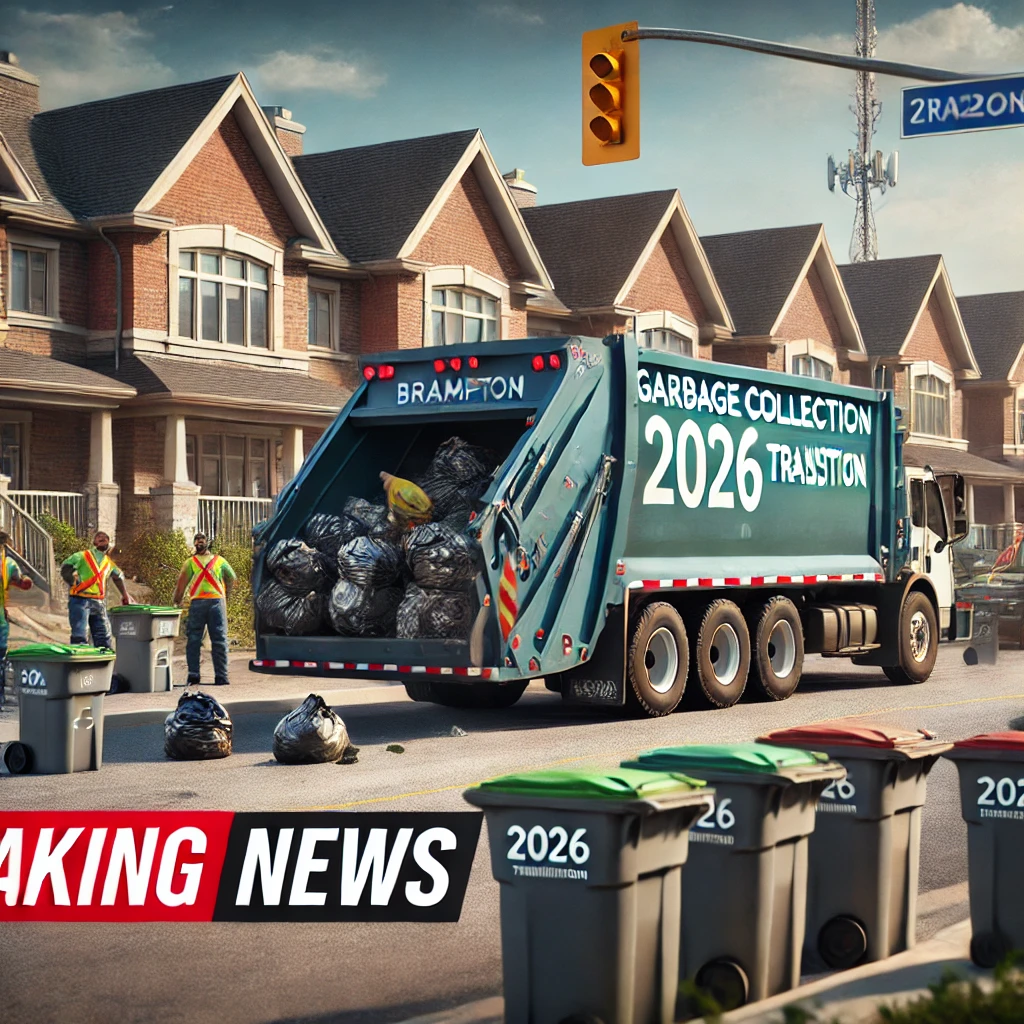Longtime Brampton resident Maaike Story is used to seeing fish swimming near the banks of Loafers Lake this time of year. But what she’s witnessed recently is far from typical.
“All these fish are floating around the banks, dead,” she said in an interview. After visiting the lake daily for over a decade, Story said this is the first time she’s seen anything like it. “It’s very sad. My questions are: Why is this happening? What’s in this water now? Is there contamination here?”
The City of Brampton is aware of the situation. City spokesperson Cyrille McGregor confirmed that small fish were observed along the shoreline, but emphasized that this is not unusual and not a cause for concern.
A Seasonal Phenomenon: Winterkill
“This is likely due to winterkill — a common seasonal event in shallow water bodies caused by fluctuating ice conditions,” McGregor said in an email. “Similar occurrences have been reported across Ontario this year.”
Winterkill typically occurs after harsh winters. When lakes freeze over and heavy snow piles up, sunlight can’t penetrate the ice, leading to a dangerous drop in oxygen levels. In shallow areas, ice may even reach the lakebed, leaving fish with nowhere to go and no oxygen to breathe.
Loafers Lake Is Still Healthy, Officials Say
Despite the unsettling visuals, McGregor reassured the public that Loafers Lake remains a healthy aquatic environment, and that the city continues routine monitoring as part of its environmental management program.
Last year, from April to December, the lake and nearby section of the Etobicoke Creek Trail were closed for construction as part of the Etobicoke Creek Wetlands Enhancement Project, a partnership between the City of Brampton and the Toronto and Region Conservation Authority (TRCA). The upgrades included shoreline improvements, new wetland features, a bioswale, trail realignment, and turtle nesting habitats.
While the TRCA hasn’t directly investigated the fish deaths at Loafers Lake — since it’s managed by the city — senior aquatic manager Rick Portiss also attributed the issue to natural winter fish kills.
“We’ve had reports of similar incidents throughout the GTA,” Portiss said. “While it looks alarming, it’s a normal seasonal event. Scavengers like raccoons and turkey vultures usually clean up these natural losses.”
Local Groups Echo the Same Message
The Heart Lake Turtle Troopers, a local citizen science group monitoring the lake’s turtle population, supported the winterkill explanation. Co-founder Lori Leckie noted that this year’s extreme freeze-thaw cycles played a major role.
“In February 2025, Brampton experienced a temperature drop to -30.6°C, followed by an unseasonably warm 21°C day in March,” she explained. “These conditions disrupt oxygen levels in the water and contribute to fish mortality.”
Loafers Lake is home to species like pumpkinseed sunfish, black crappie, and brown bullhead, which can be vulnerable in shallow, frozen-over environments.
Despite the recent die-off, Leckie said there are no current concerns about the lake’s overall health — and the local turtle population is thriving thanks to recent wetland improvements.
Expert Insight: Not Unusual, but Unpleasant
Professor Nicholas Mandrak, a biological sciences expert at the University of Toronto Scarborough, added that winterkill is a common ecological event during years with extended ice cover.
“Last year, southern Ontario had virtually no ice cover, so we likely saw very little winterkill. This year was different,” he said.
Eyes Still on the Water
For residents like Story, however, the sight of lifeless fish remains unsettling. “I’m still concerned simply because I’ve never seen this before,” she said. “I’ll keep watching. And if this continues, I’d like to see further investigation.”
While experts and officials point to natural causes, it’s a sobering reminder of how fragile aquatic ecosystems can be — especially as climate patterns grow more extreme.










